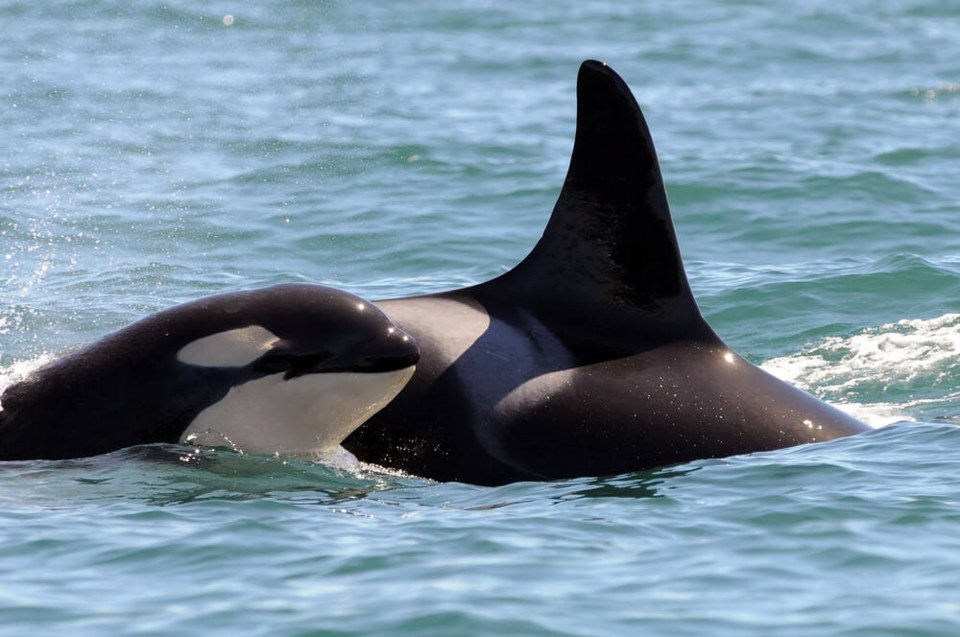One of the most prolific matriarchs among the remaining southern resident killer whales has gone missing and is presumed dead.
L47, also known as Marina, has not been seen since Feb. 27, despite census surveys by the Department of Fisheries and Oceans and the Washington state-based Center for Whale Research that have found and photographed her line of offspring, who always travel together.
The death of the 47-year-old grandmother might have serious consequences, according to the Center for Whale Research, as older, post-reproductive females hold key leadership roles in the pod by helping to raise the young and find food, particularly when salmon are scarce.
Also missing and presumed dead is K21, or Cappuccino, the 35-year-old male who was last seen extremely emaciated in July near Sooke. Scientists have confirmed K21’s death after repeatedly counting all of K pod without locating the orca.
The southern resident killer whale population as of the July 1 census stood at 74 individuals, but now is expected to slip to 72.
The news follows recent drone photography that shows three females in J-Pod are likely pregnant. But optimism is tempered by the fact that the success rate of orca births is 50-50. The southern residents are further challenged by the scarcity of chinook salmon, their chief food source.
Born in 1974, L47 had seven calves that survived long enough to be given an alpha-numeric designation, the most of any southern resident. Four of her calves did not survive their first year.
Her three surviving offspring are L115, a young male, and L83 and L91, two adult daughters who are raising sons of their own, L110 and L122.
The Center for Whale Research said L47’s offspring face increased risk in coming years in her absence. Her son, L115, is at three times greater risk of death in the next two years than a male of the same age would be with a surviving mother.
L47’s two grand-offspring, L110 and L122, have a six-fold increase in their risk of death in the next two years, assuming salmon abundance is at historical averages. With lower salmon abundance, this risk increases, researchers said.



